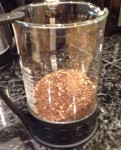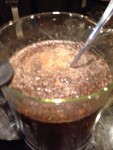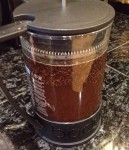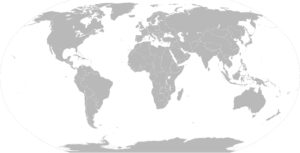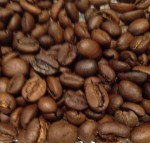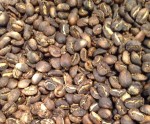When Aged Coffee is a Good Thing
Some time ago, I bought (actually it would be more accurate to say, ” invested in “) a Costa Rica Cup of Excellence entry that had great scores but tasted too “in your face” for most of my customers—almost uncomfortably acidic and bright. I know that raw coffee beans keep a very long time, so I put this lot aside to see what natural aging would do. Turns out, while some beans really fade and go horribly bland pretty fast, this lot mellowed just enough to bloom into the coffee I had originally hoped for over several months in storage. Serendipity!
I was about to chalk this one up to a fluke, but then a second lot, a Guatemala from a farm that’s won or placed in successive Cup of Excellence competitions over the years, did the same thing when put away for another 9 months. It is just coming into its own now.
What’s going on with these Central American processors? I don’t have a definitive answer, but I note that many new lots from Central America and Colombia seem to be processed so as to accent lively acidity in a way they previously had not. Maybe some coffee snobs prefer this level of acidity, but most of us probably wish they would dial it back a bit. The good news is that the underlying coffee quality is there, even if we have to wait for awhile in some cases.
PS. These specific Guatemala and the Costa Rica coffees are no longer available on our Single Origin page, but we do have some yummy ones that won’t break the bank. Check them out here.
Update: I just saw a listing from my coffee supplier for Aged Sumatra. It’s supposed to be even funkier from storage in epic humidity, the way Indian Monsooned Malabar is. Are they onto a whole new processing method??
Enjoy that funky coffee!
s


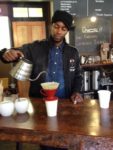 My friend Stan gets it.
My friend Stan gets it.